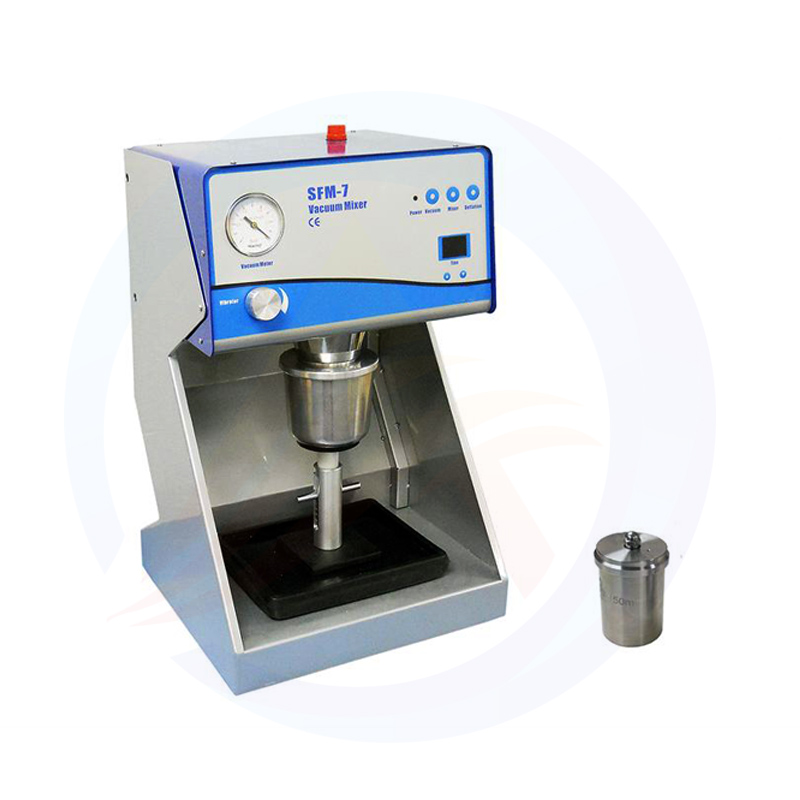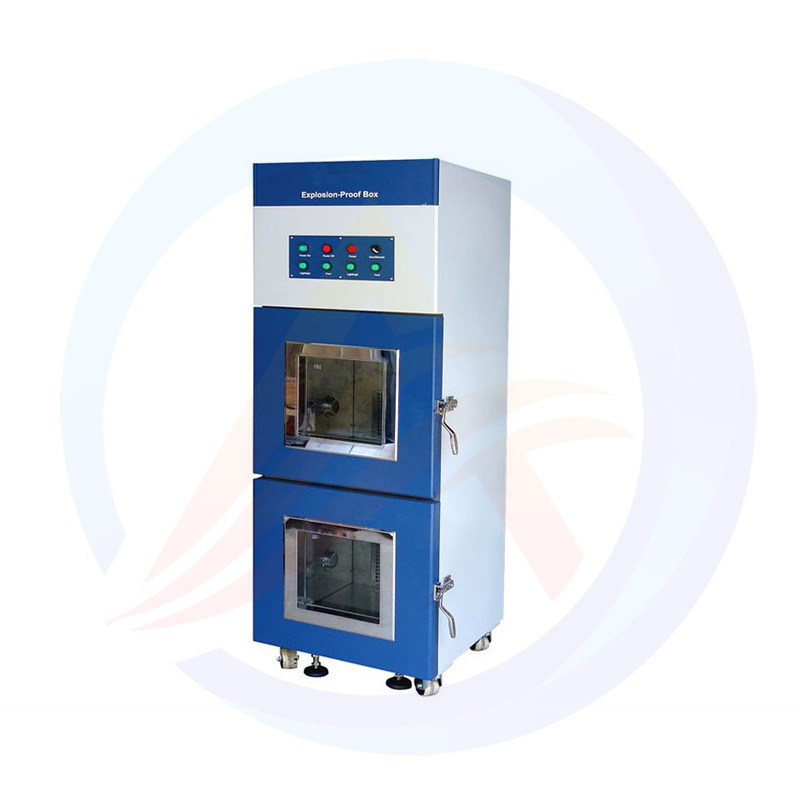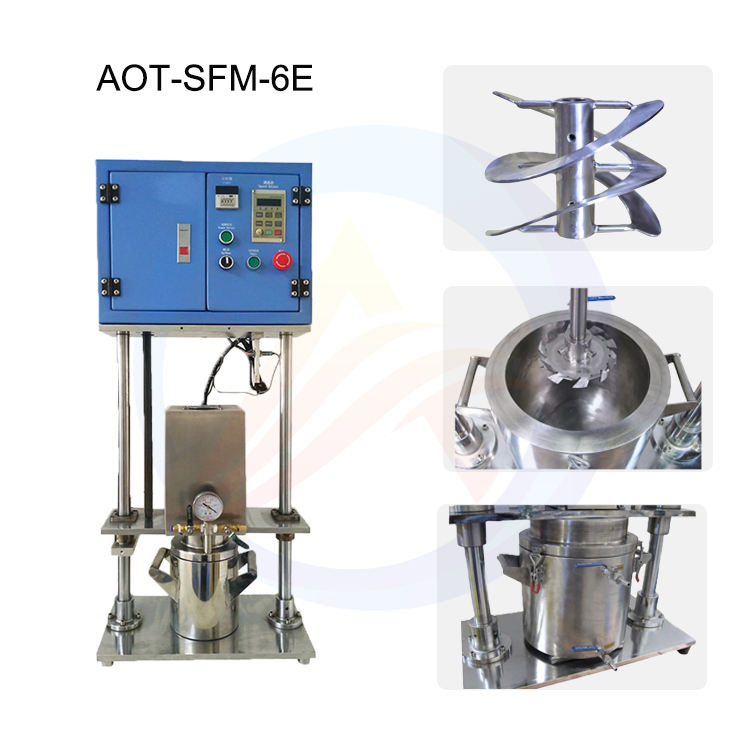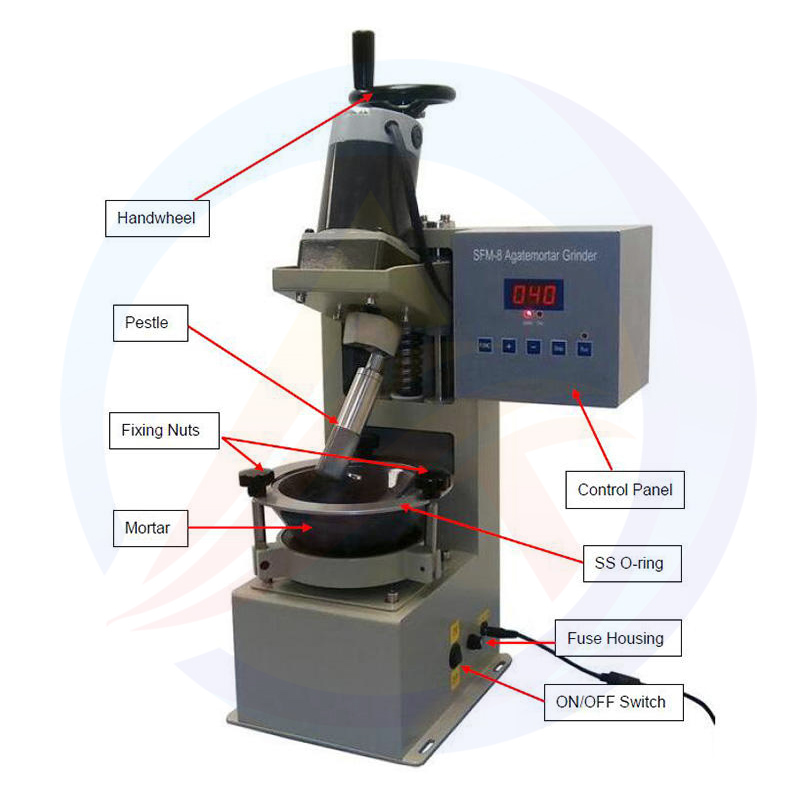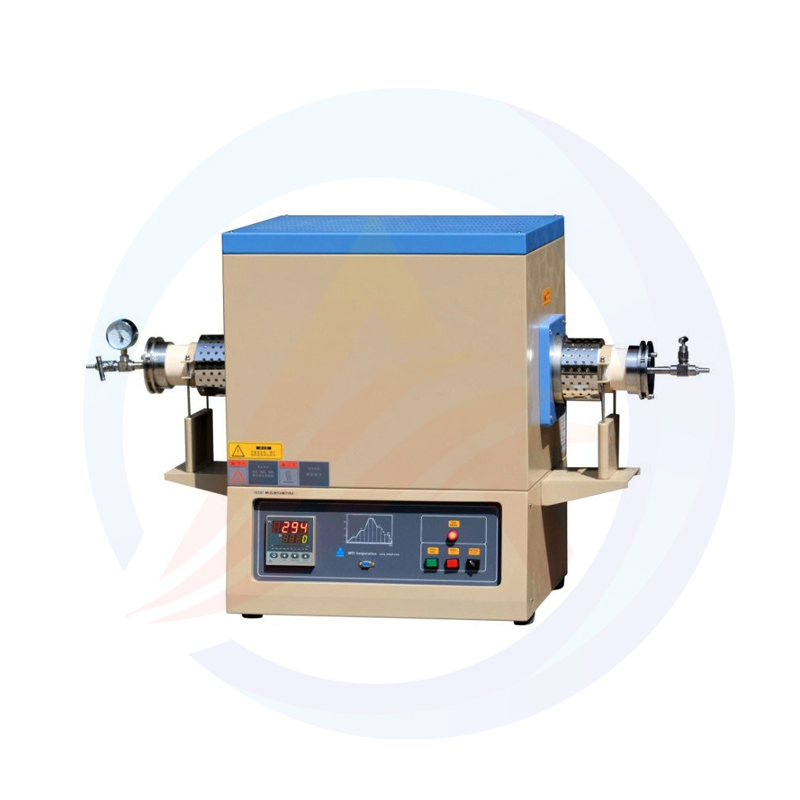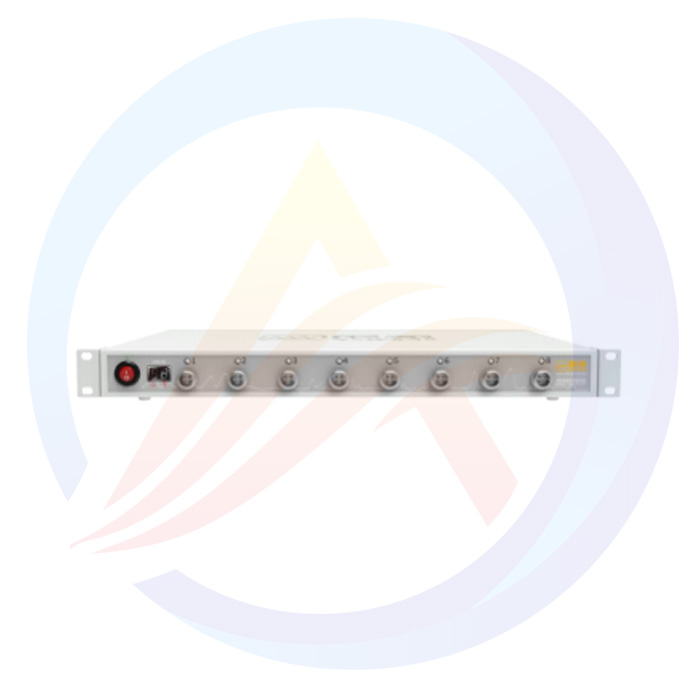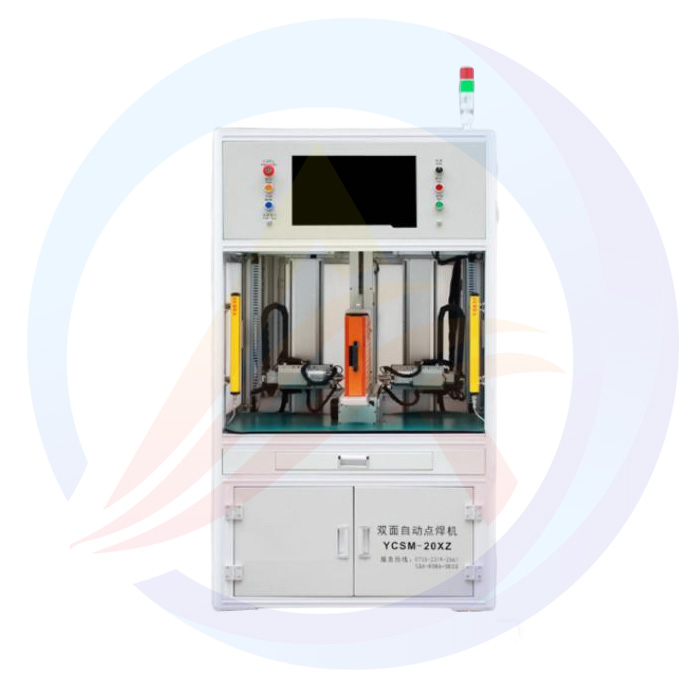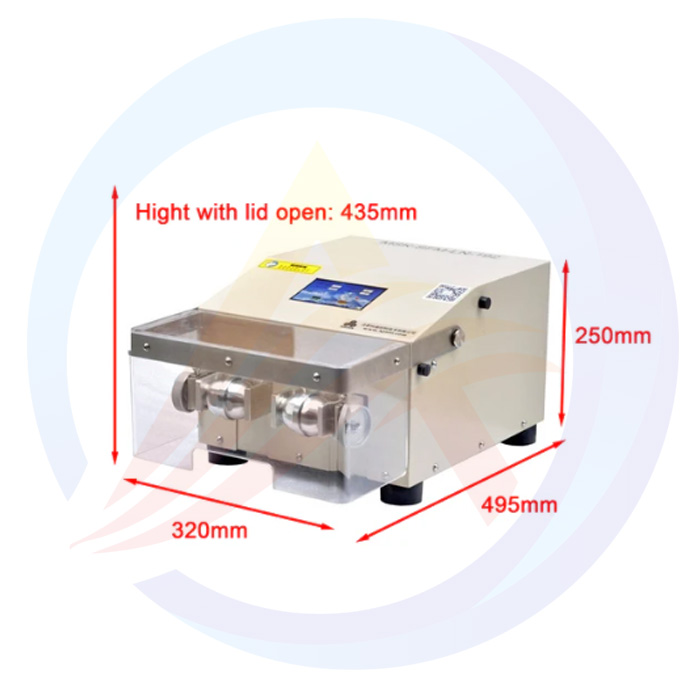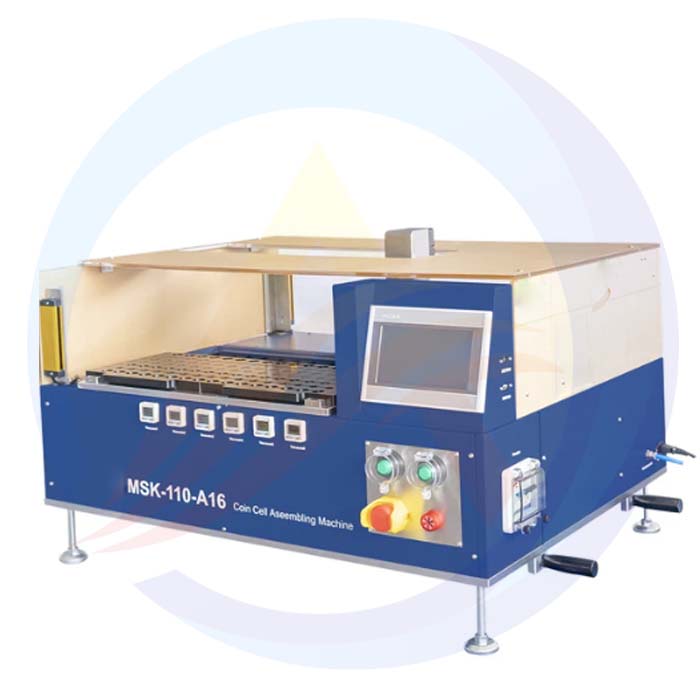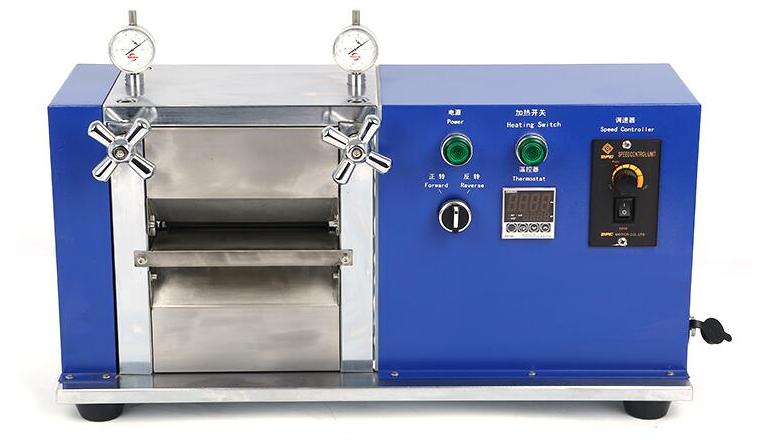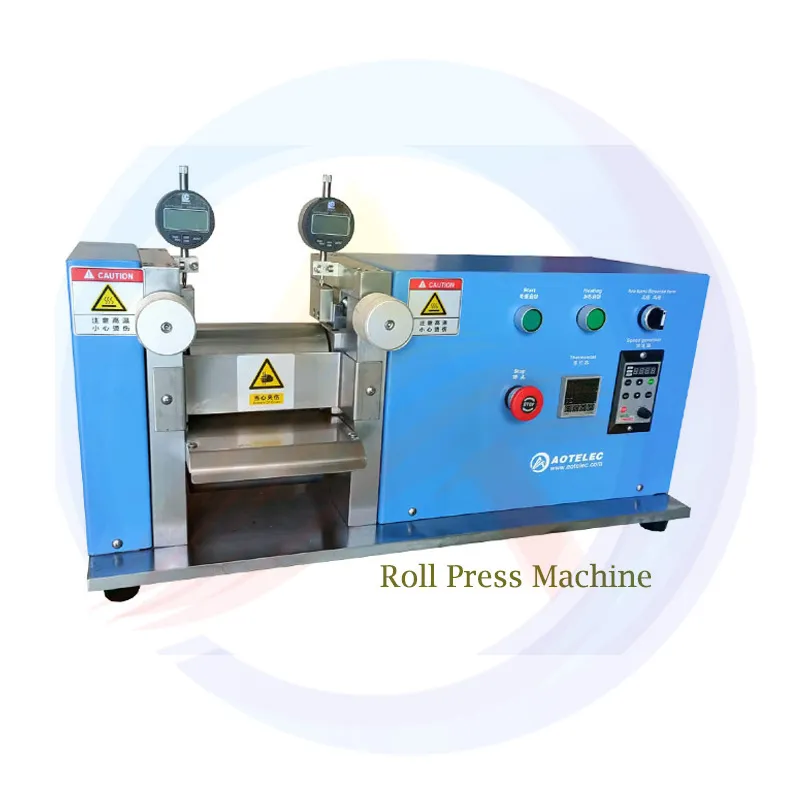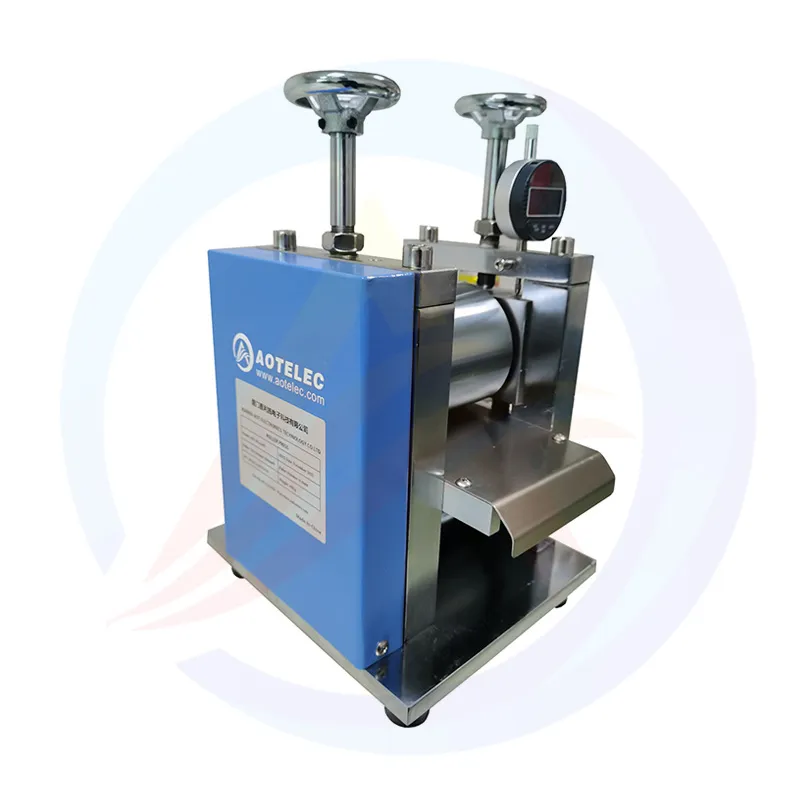In the rapidly evolving landscape of energy storage, battery manufacturing has become a cornerstone of modern technology, driving innovations in electric vehicles (EVs), renewable energy storage, and consumer electronics. A critical yet often overlooked component in this process is the battery calendering machine, a specialized equipment pivotal for producing high-performance electrode materials. This article delves into the working principles, key components, applications, and technological advancements of battery calendering machines, shedding light on their indispensable role in modern battery production.
1. What is a Battery Calendering Machine?
Battery calendering machine, also known as a rolling mill or roller press machine, is a mechanical device designed to compress and smooth electrode coatings on current collectors (such as copper or aluminum foils) during battery manufacturing. The process, called calendaring or rolling, is a crucial step in transforming raw electrode materials into dense, uniform layers with precise thickness and optimal physical properties.
In lithium-ion battery production, electrodes consist of active materials (e.g., lithium cobalt oxide for cathodes or graphite for anodes), binders, and conductive additives mixed into a slurry. This slurry is first coated onto current collectors and dried, forming a porous, uneven layer. Calendaring compresses this layer to:
Reduce porosity and increase density, improving ionic conductivity and energy density.
Enhance mechanical integrity, preventing particle shedding during charge-discharge cycles.
Ensure uniform thickness, critical for consistent electrochemical performance across the battery cell.
2. Working Principles of Calendaring
The calendering process follows a systematic workflow integrated into the electrode manufacturing line:
2.1 Material Preparation
Slurry Coating: The electrode slurry is coated onto a moving current collector foil using methods like slot-die coating or comma coating. The coated foil, now with a wet electrode layer, proceeds to a drying oven to remove solvents (e.g., water or N-methyl-2-pyrrolidone, NMP).
Dried Electrode: After drying, the electrode layer is porous and rough, with a thickness ranging from 50 to 200 micrometers (depending on battery type). Its density is typically 30-50% of the theoretical maximum, leaving significant room for compaction.
2.2 Calendering Process
The core calendering mechanism involves two or more precision-engineered rollers rotating in opposite directions:
Feeding: The dried electrode foil is fed into the gap between the rollers.
Compression: As the rollers rotate, the electrode layer is subjected to high pressure (ranging from 10 to 100 MPa, depending on material and design). This pressure reduces the thickness and increases the density of the coating.
Smoothing: The polished surfaces of the rollers flatten the electrode, eliminating defects like cracks, wrinkles, or uneven spots.
Output: The calendered foil, now with a uniform thickness and enhanced density, is wound onto a take-up reel for further processing (e.g., cutting, cell assembly).
2.3 Key Process Parameters
Roller Gap: The distance between rollers directly determines the final thickness. Micron-level precision is essential; deviations of even 1 micrometer can impact battery performance.
Pressure Control: Higher pressure increases density but risks damaging the current collector or causing coating delamination. Optimal pressure is material-dependent (e.g., cathodes usually require higher pressure than anodes).
Roller Speed & Temperature: Roller rotation speed affects production throughput, while temperature control (via heated or cooled rollers) influences material plasticity, especially for polymers or composite materials.
3. Key Components of a Calendering Machine
Modern calendering systems are sophisticated, integrating mechanical, electrical, and control technologies. Below are their primary components:
3.1 Rollers
Material: Rollers are typically made of high-strength alloy steel (e.g., hardened tool steel) or tungsten carbide for wear resistance. Surface coatings (e.g., chromium or ceramic) enhance smoothness and prevent material adhesion.
Design:
Two-Roll Configuration: Simplest design, suitable for basic calendering of thin electrodes.
Three-Roll or Four-Roll Configuration: Used for higher precision and heavier loads. Three-roll machines often have a "cluster" design to distribute pressure evenly.
Nip Width: The usable width of the rollers, ranging from 300 mm (lab-scale) to 2,000 mm (industrial-scale for EV batteries).
3.2 Drive System
Motors: Servo motors or gear-driven systems provide precise speed control, often synchronized between rollers to maintain consistent tension.
Transmission: Gearboxes or belt drives transfer power to the rollers, with torque control critical for maintaining uniform pressure during compaction.
3.3 Pressure Control System
Hydraulic or Pneumatic Systems: Hydraulic cylinders are common for high-pressure applications (e.g., cathodes), offering stable force output. Pneumatic systems may be used for lighter loads (e.g., anodes).
Load Cells & Feedback Loops: Sensors measure real-time pressure and adjust roller spacing via closed-loop control, ensuring process stability.
3.4 Temperature Control System
Heating/Cooling Circuits: Internal channels in rollers allow circulating thermal oil or water to maintain desired temperatures (e.g., 50-150°C for cathode materials to improve plasticity).
Thermal Sensors: Monitor roller surface temperature to prevent overheating, which could degrade active materials or cause coating defects.
4. Applications in Battery Manufacturing
Battery Calendering machine are essential across various battery technologies, with adaptations with specific requirements:
4.1 Lithium-Ion Batteries
Cathodes: Materials like NMC (nickel-manganese-cobalt oxide) or LFP (lithium iron phosphate) require high-density compaction to maximize energy storage. Calendering ensures uniform thickness for large-format cells used in EVs.
Anodes: Graphite or silicon-based anodes need controlled porosity to facilitate lithium-ion diffusion. Over-compaction can reduce cycle life, making precision critical.
4.2 Solid-State Batteries
Solid electrolytes (e.g., lithium garnet or sulfides) are stiffer than liquid electrolytes, requiring calendering to achieve intimate contact between electrodes and electrolytes. Specialized rollers with higher surface hardness and precise pressure control are needed to avoid cracking of solid layers.
5. Advantages of Calendaring in Battery Production
First of all, the Battery Calendering Machine can effectively improve the performance of electrode materials. By precisely controlling the pressure and roller speed, the surface of the electrode material can be made smooth and the density uniform, thereby increasing the contact area between the active substance and the current collector, reducing the internal resistance of the battery, and improving the charging and discharging efficiency as well as the cycle stability. Secondly, the Battery Calendering Machine helps ensure the consistency of battery production. Standardized calendering processes can strictly control the thickness tolerance of electrodes, reduce battery performance differences caused by uneven material thickness, improve product yield, and meet the demands of large-scale industrial production. Furthermore, with the aid of the Battery Calendering Machine for calendering processing, the structural strength of the electrode can be enhanced, the risk of electrode damage during the production process can be reduced, the service life of the battery can be prolonged, and strong support can be provided for the safety and reliability of the battery.
6.The future development trend of Battery Calendering Machine
6.1 From the perspective of technological innovation, Battery Calendering machines will continue to move towards intelligence and automation. With the help of AI and Internet of Things (iot) technologies, it can achieve real-time monitoring and precise regulation. For instance, by collecting equipment operation data through sensors and using algorithms to automatically optimize production parameters, production efficiency and product quality can be enhanced. Furthermore, to meet the processing requirements of new Battery materials, such as silicon-based anodes and solid-state battery materials, the Battery Calendering Machine will continue to innovate in material selection and structural design to ensure the efficient processing of various materials.
6.2 At the market demand level, the vigorous development of the global electric vehicle industry and the growth in the demand for renewable energy storage have greatly promoted the expansion of Battery production scale, thereby driving up the demand for battery Calendering machines. Manufacturers have put forward higher requirements for the production capacity and stability of equipment, expecting it to meet large-scale and continuous production operations.
6.3 The concepts of environmental protection and sustainable development also profoundly influence the direction of Battery Calendering machines. On the one hand, the equipment itself needs to reduce energy consumption, adopt energy-saving technologies and efficient drive systems; On the other hand, during the production process, it is necessary to reduce the generation of waste to help battery manufacturers achieve their environmental protection goals and promote the green transformation of the entire industry. In conclusion, driven by multiple factors such as technology, market and environmental protection, the Battery Calendering Machine will continue to innovate and upgrade, and play a more important role in the field of battery manufacturing in the future.

